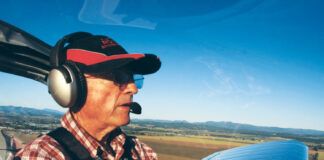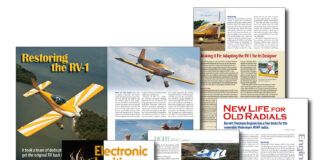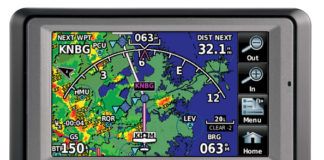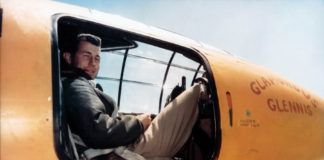“GA is essentially an airline or maintenance operation of one, which puts the responsibility for sound decision making on one person’s shoulders.”
—Deborah Hersman, Chair, NTSB
I know from personal experience: you will not have a premonition the day you have your aviation mishap. It’s a shame, really, because it would be nice to know so you could clear your schedule in the weeks following to take care of the details that come after a mishap. And NTSB Chair Hersman’s statement above is so true, heck, even more true in Experimental aviation. No one is going to do the work for you.

I’ve been there. In 2001 I experienced a total loss of aircraft and the paperwork aftermath that follows. It’s a dunk into the aviation regulatory system that sticks with you. If you fly with the attitude that there are those who have had a mishap, and there are those who will, well, then you need to know what I’m talking about.
The FAR/AIM, known as “the bible” of the FAA, has some pretty clear delineators of what makes an aviation accident. An accident is defined as “an occurrence associated with the operation of an aircraft that takes place between the time any person boards the aircraft with the intention of flight and the time when all such persons have disembarked, and in which any person suffers death or serious injury, or in which the aircraft receives substantial damage.” An incident is an occurrence other than an accident that affects or could affect the safety of operations. (See 49 CFR 830.) Federal regulations require operators to notify the NTSB immediately of aviation accidents and certain incidents.
So what kind of damage is “substantial”? In my case it was easy: the aircraft sunk after being ditched in the Atlantic Ocean. That’s pretty substantial. For a friend of mine, who lost a wheel during a rough landing that caused his Sonex to nose over, it was a little more subtle. There was damage to a flight control (the rudder), and damage to flight controls is on the list of things that make an “incident” into an “accident” in 49 CFR 830.
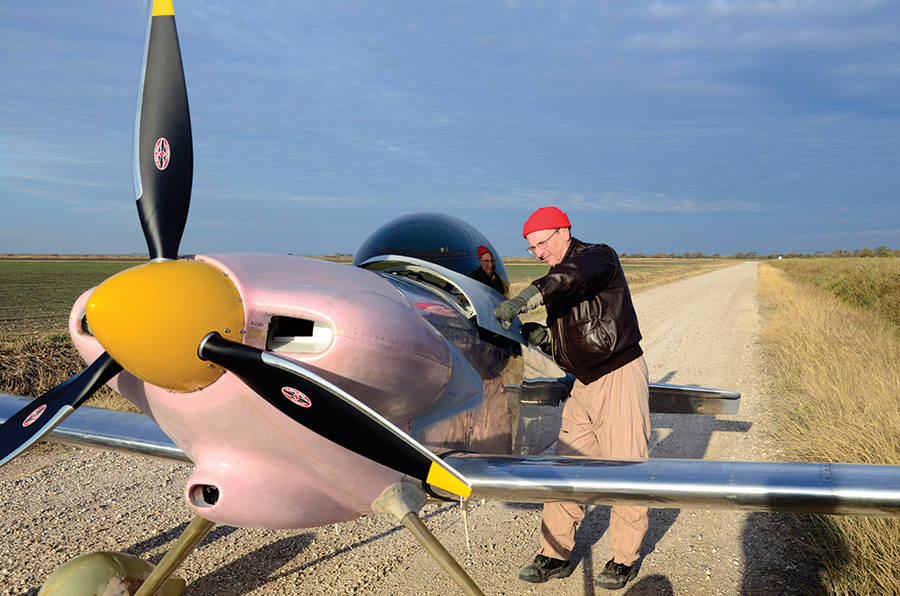
A recent discussion on Van’s Airforce.net brought up the question asking if an RV-10 door departing the aircraft on takeoff constitutes an accident. (There have been a few of these happenings.) Turns out that in this case it was just an incident, because the door was not considered structural and it departed cleanly. If it had hit the tail and damaged the rudder, well, the odds that the mishap would be called an “accident” rise precipitously. Other problems on the NTSB list include damage or failure that adversely affects the structural strength, performance, or flight characteristics of the aircraft, and that would normally require major repair or replacement of the affected component. The RV-10 pilot did a great job bringing the airplane back around in the pattern for a normal landing. His door damage, though it looked pretty bad, was not considered major. He reported it to the NTSB on the advice of others; but after looking over the aircraft, the FAA wished him well and left him to figure out what happened and how to fix it.
So, what else is not an “accident” in the eyes of the NTSB? Engine failure or damage limited to an engine if only one engine fails or is damaged, bent fairings or cowling, dented skin, small punctured holes in the skin or fabric, ground damage to rotor or propeller blades, and damage to landing gear, wheels, tires, flaps, engine accessories, brakes, or wingtips are not considered “substantial damage” for the purpose of 49 CFR 830.
And, if it’s not an accident you don’t need to worry about the NTSB, right? Not quite. You see, serious “incidents” must also be reported (the reason why that RV-10 driver was wise to do so).

I know, your next question is, “What does the NTSB consider serious?” Any midair collision, inflight fire, flight-control system malfunction or failure in flight, required crewmember incapacitation in flight, or damage to property other than the aircraft in excess of $25,000 needs to be reported to the NTSB. It’s quite a list, which is why 49 CFR 830 really should be required reading for anyone who operates an aircraft, and it should be specially reviewed by homebuilders in the test phases of flying. More accidents and incidents happen during the test phase immediately post-build than at any other time in an aircraft or its pilot’s flying.
Let’s say you’ve had a problem during your aircraft’s test flight that forced you to land on a road. Is it an accident? Well, if you hadn’t hit the sign with your wing and crunched the aileron maybe not…but let’s say you did, and a flight control was seriously damaged on the off-field landing. Who do you call?
Honestly? My first call after my ditching, once my brain stopped methodically counting my passengers and cheering that they were all with me, all of sound mind and body, was to my airplane insurance broker. He’s a great guy, and if it weren’t for him, I might have gotten into trouble with the NTSB. You see, he’s the one who reminded me that I needed to contact the nearest NTSB regional office immediately to file a report over the phone. In fact he looked up the number for me. The NTSB investigator who answered was polite and took all the basic information, and then told me I’d have 10 days to fill out form 6120 (downloadable from www.ntsb.gov now) and send it to him. Yes, another one of my aircraft partners could have done this for me, since the NTSB does provide that an aircraft owner, not necessarily the pilot at the controls during the mishap, can make the call. That said, I’d have still had to make a statement, so might as well be me, since I was not incapacitated.
In fact once I was thinking clearly, I grabbed an Aviation Safety Reporting System (ASRS) form from my airline pilot husband’s kit bag and filled it out (no aviation professional leaves home without them; and today they are also downloadable from asrs.arc.nasa.gov) before filling out the NTSB form. I made a copy for myself, tore off the identifying information, and sent it in. The ASRS collects anonymous information about aircraft incidents and accidents and, from the data, provides aviators with excellent scenario-based “there I was” lessons that are designed to prevent mishaps. It is voluntary, preserves the privacy of its participants, and is infinitely educational for all who participate in aviation. To incentivize people to participate in this great group confessional, the FAA is willing to give participants who can show they submitted a report a “get out of jail free” pass—but only if the problem that generated the ASRS report did not result in an “accident” per the NTSB definition. Ergo: no “get out of jail free” card for me.
No matter. It was valuable practice, because Form 6120 is much more detailed than the ASRS report, and took quite a bit of time to fill out. The narrative section of the form, however, is very similar, and I was able to use quite a bit from my ASRS form there. Also, both forms have to be filled out and turned in within 10 days of the accident (or in the ASRS case, incident). No procrastinating.
Frankly, Form 6120 was a dry run for the insurance company papers that came after. The aircraft’s insurance forms were child’s play compared to the homeowner’s insurance loss forms, which had to be filled out and submitted to claim for damages to the contents of the aircraft’s baggage compartment (we were heading out on a long trip). I simplified that process by purchasing “contents” insurance with my aircraft’s policy from that point on.
A homebuilder may be interested in purchasing back the accident aircraft from his insurance company in the case of a total loss. That way he can repair the aircraft himself. Someone who has purchased an Experimental, but does not have an A&P certificate, will have to go either to an A&P or the original builder (if he holds the repairman’s certificate for the aircraft) in order to have it repaired. Again, this is something that needs to be worked out with the insurance company, if so covered.
I never met the NTSB investigator who handled my case, though I spoke with him several times. He was polite and to the point. I did meet two FAA Safety Inspectors in a hangar, next to my excavated aircraft (a most depressing sight), about two weeks after my accident. They made the decision to send my broken crankshaft to the NTSB Lab at L’Enfant Plaza in Washington, DC, where, a year later, it was determined that wear and fretting from improperly torqued bolts caused a minuscule wobble that eventually made the bearings become oblong and catastrophically fail, snapping the crankshaft at the second journal. Even with oil analysis at every oil change, we never saw it coming. So it goes.
My hope is that you never experience your aviation mishap—but be a wise pilot, and gather the knowledge you’ll need for the moment now. That’s the best insurance I know.










